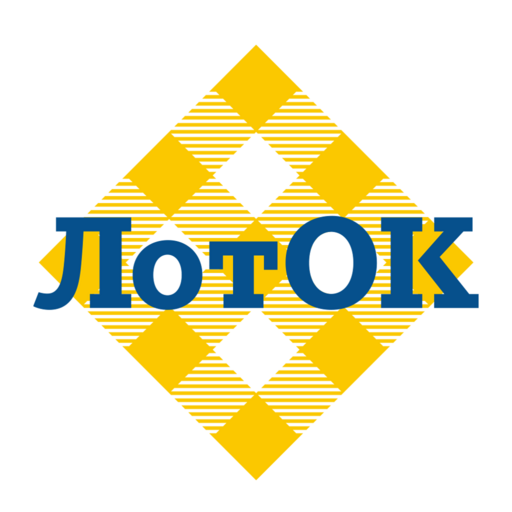Background
Manual work on collection and reclassification of operational data in reports
Lack of automatic allocation of indirect costs to sales outlets
Non-operational summary reporting in Excel
Inability to compare plan versus fact online and analyse deviations
The need to move away from multiple Excel files to a comprehensive management accounting system
The need to automate the budgeting process
Non-transparent and uninformative bottom line reporting for top management
Consolidation of unit budgets was done manually
There is no unified electronic archive of documents
Project progress
As part of the project, we developed a detailed methodology, automated data collection and analysis. We set up effective planning and budgeting, and made management analytics understandable. The need to use Excel was eliminated.
Development of methodology
A model of management accounting was created, which includes the structure of CFA, P&L, Balance, etc. Key management accounting classifiers were developed and their mapping with accounting directories was worked out. The rules of data migration from accounting systems to a single base for consolidation were also defined. Accounting requirements were approved and changes in accounting systems were controlled.
Automation of the budgeting process
A budget model has been created, where each manager is responsible for his/her own items and understands the methodology of their calculation. Multi-scenario: the system takes into account data from different scenarios (annual, operational) and generates reports on actual data and plans. Managers control the financial situation by planning income and expenses for their items and monitoring deviations of the plan from the fact.
Automation of management accounting
Organised daily data collection in a single database, where various proformas for additional accounting (reclassification of certain items, allocation of indirect costs and others) are set up.
All final reports (CashFlow, P&L, Balance) have been set up and verified, which can be detailed for any management analytics. User training, instructions and necessary technical support were provided.
Results of ABM Finance implementation
Qualitative changes
-
Established a unified financial management methodology
-
Automated the management reporting system. Top management has access to accurate and understandable reporting with the necessary analyses
-
Automated budgeting system. Efficient management of income-expenses and cash-flow at the planning stage
-
Management and investors benefit from transparent, timely reporting with the necessary analyses
-
The information system is ready for the company's growth and development
We appreciate that you are interested in our products. One of our staff will be in touch with you shortly. Have a great day!

